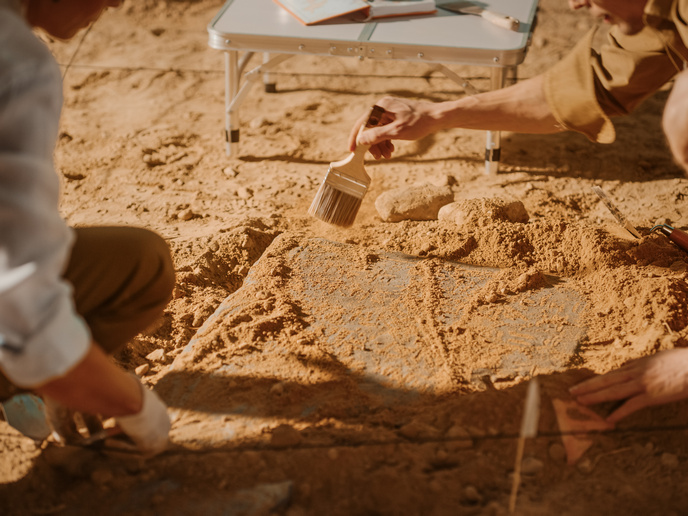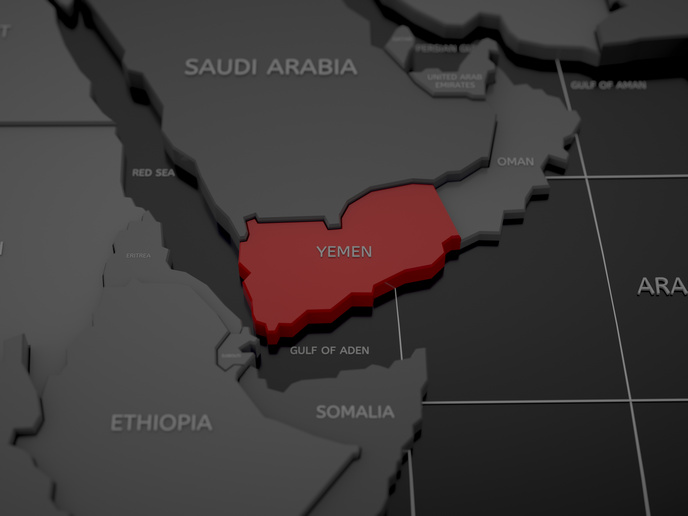Ancient Assyria sheds new light on importance of etiquette
Etiquette rules are often seen as trivial, formal, or mechanical formalities that individuals ought to follow, because society says so. Things however are more complex than they might appear. “Etiquette mirrors the ways in which people act, are and feel themselves to be,” explains GALATEO project coordinator Ludovico Portuese from the University of Messina in Italy. “These ways are often linked to profound social and political changes. The study of etiquette is therefore an essential means of illuminating social changes as well as understanding the relations between individuals and groups.”
Importance of etiquette in the ancient Middle East
The GALATEO project used etiquette as a means of better understanding shifts in human behaviour, as well as the interplay between gender and status, and the ways that group identity is displayed. This work focused on the first millennium Assyrian Empire, which covered a great deal of modern-day Iran, Iraq, the Levant, Türkiye and even Egypt. “We wanted to understand the importance of etiquette in the ancient Middle East, and the extent to which etiquette influenced subsequent cultures up to the contemporary Islamic era,” says Portuese. Portuese collected archaeological, visual and textual evidence, and searched for references to expressions of etiquette. These expressions were analysed in relation to social changes happening at the time, and with regard to how these might protect groups from threatening outside influences.
What drives adherence to etiquette rules?
The project, supported by the Marie Skłodowska-Curie Actions programme, was able to identify a strict connection between etiquette rules, health conditions and social/political changes. Portuese also offered new explanations behind two key dominant gestures in Assyrian sculpture and artwork – clasping hands and the pointing finger. “Our analysis of etiquette suggests these were not religious gestures, as previously thought,” he adds. “Rather, the clasping hands gesture indicated that the hands had been active and that duties were successfully achieved. The pointing finger was simply a means of indicating specific sections within inscribed texts or images.” This work enabled Portuese to redefine etiquette in Assyria – a word that only emerged in France in the 1580s – as a set of conventions that regulate interactions between individuals. “We were able to develop the fundamental idea that people adhere to etiquette rules, in ancient Mesopotamia as much as today, out of fear of being excluded or ostracised from a group,” he notes. “Fear, in essence, is the real reason driving individuals to adopt and adapt to social rules.”
Understanding social rules and customs
Portuese is keen to bring his findings and ideas to a wide audience. He is currently developing an online atlas, which will become an open repository for understanding etiquette. “I also want to present my findings to non-expert audiences, through exhibitions, drawings and stories,” he says. Portuese also hopes that his research will positively impact perceptions in the West on the ancient and modern Middle East, and pave the way for a better understanding of the hidden reasons lying behind social rules and customs. “Our recent experience of the COVID-19 pandemic is a good example of the need to understand the importance of etiquette rules,” he remarks. “Etiquette rules were essentially subverted and revolutionised, as the pandemic transformed social relations and how we related with one another.”
Keywords
GALATEO, Assyria, culture, etiquette, Middle East, Islamic, customs







